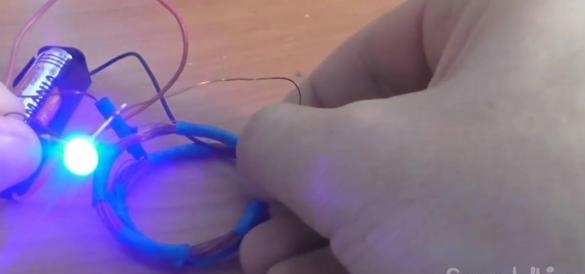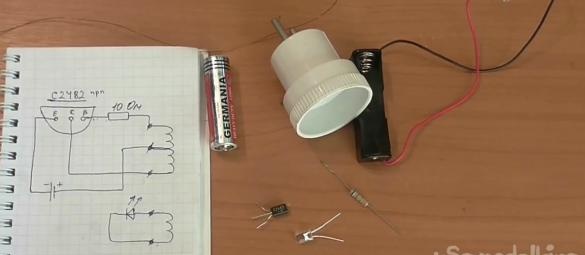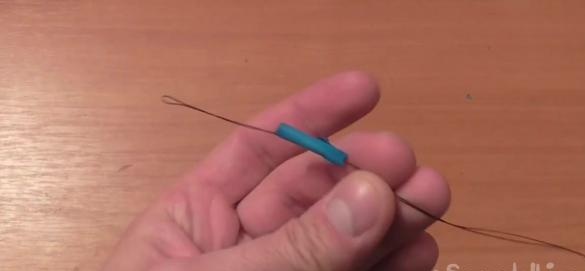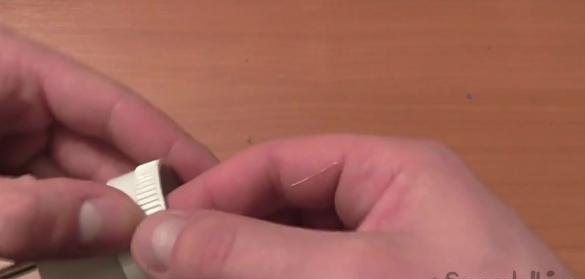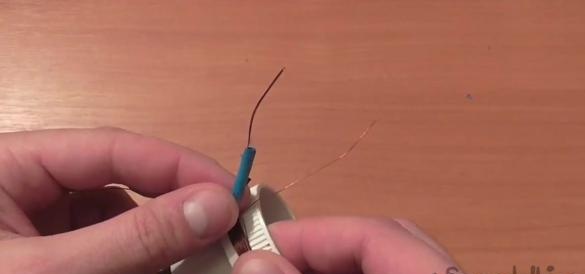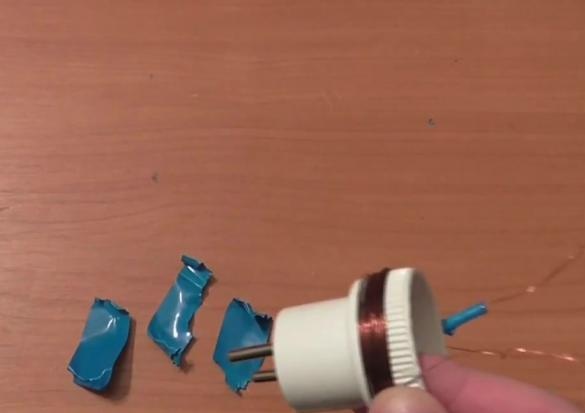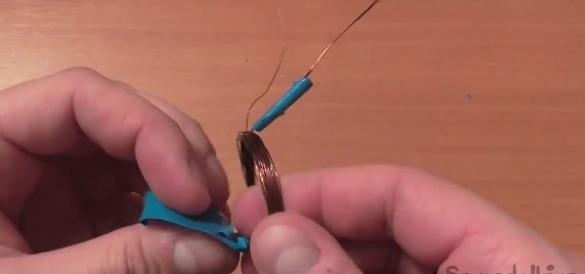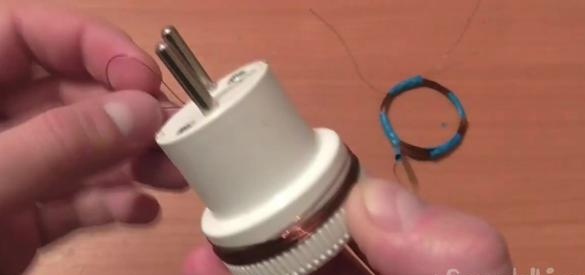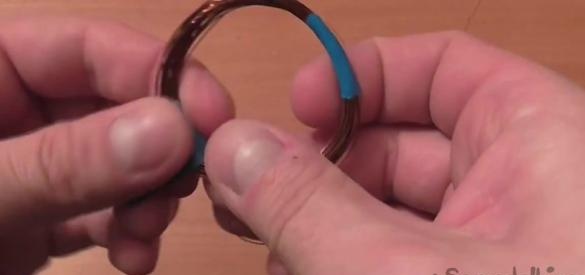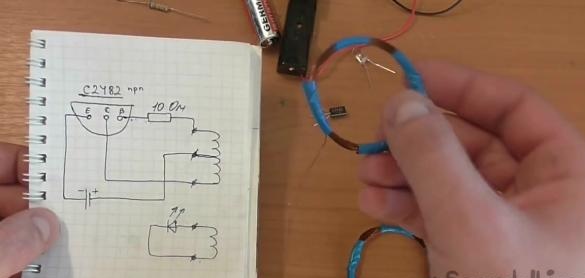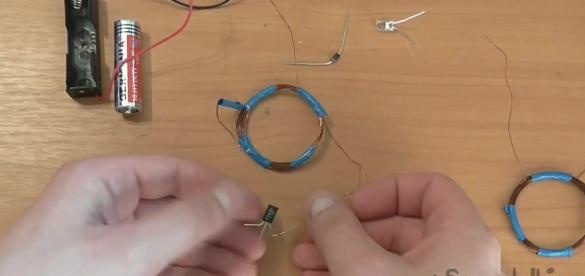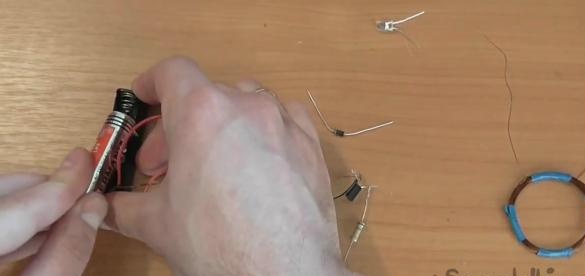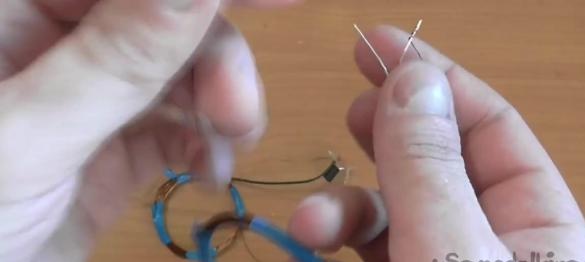Humanity strives for a complete rejection of wires, because in the opinion of many, they limit the possibilities and do not allow to act completely freely. But what if it was possible to do so in the event of a power transmission? You can find the answer to this question in this review, which is devoted to a video on making a home-made design, which in small sizes represents the possibility of transmitting electricity without directly connecting wires.
Let's start by watching the author’s video
We will need:
- copper wire of small diameter 7 m long;
- a cylinder with a diameter of 4 cm;
- finger battery;
- box for the battery;
- 10 ohm resistor;
- transistor C2482;
- Light-emitting diode.
We take a wire 4 meters long and bend it twice, so that from one end there are two wires, and the other end - the bent part.
We take it for one posting, bend it in any direction and begin to wind it around the cylinder.
Having reached the middle, we leave the double wiring in either direction, and continue to wind until a small piece remains, which also needs to be left.
The resulting ring with three ends must be removed from the cylinder and secured with insulating tape.
Now we take the second piece of wiring with a length of 3 m and wrap it in the usual way. That is, in this case, we need to get not three ends, as in the case of the last winding, but two.
The resulting ring is again fixed with electrical tape.
The ends of the wire must be cleaned, because it is covered with a protective layer of varnish.
To simplify the build process homemade, We present to your attention the author's connection diagram.
The diagram shows that the coil with three outputs is designed to connect a power supply to the resistor and transistor, and you need to attach an LED to the second coil, on which there are two ends.
Thus, you can get a very effective and interesting homemade product, which, if desired, can be upgraded and made more powerful by adding the number of turns and experimenting. We also draw your attention to the fact that the lighting of the LED bulb, which also serves as a tester, depends on the side of the offering of the coils to each other. This means that if the bulb did not light up during the first presentation, then you should try to turn the coil over and do it again.

